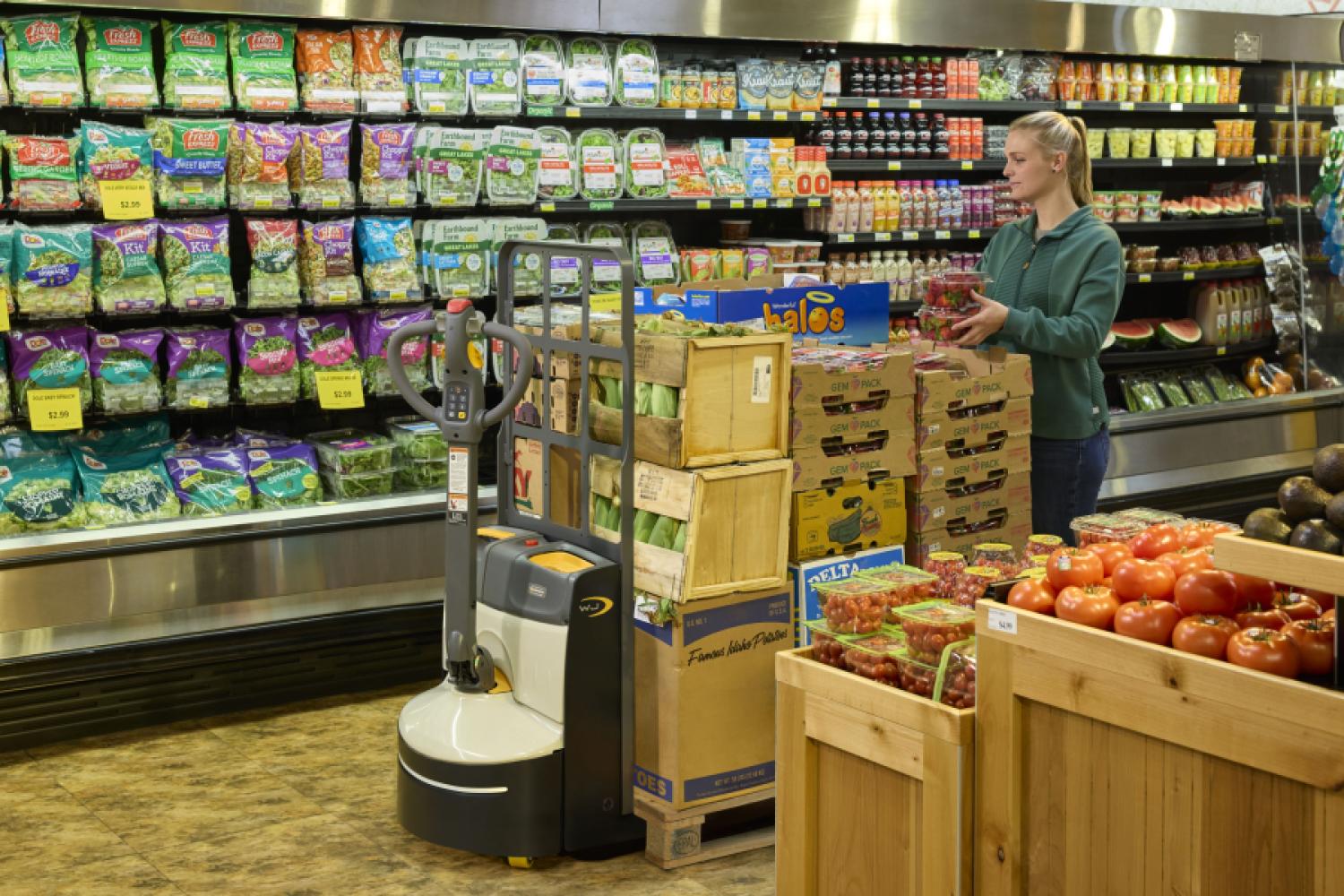The courier, express, and parcel market (CEP) experienced robust growth in 2024. This is shown by the current "CEP Study 2025," which the Federal Association of Parcel and Express Logistics (BPEX) published on June 18 during a press conference in Berlin. Accordingly, the shipment volume increased by a total of 115 million to approximately 4.29 billion. This corresponds to an increase of 2.8 percent. The total revenue rose by 4.1 percent to around 27.6 billion euros. From BPEX's perspective, the CEP sector remains on a stable growth path despite the challenging global economic developments. In 2024, around 266,300 people worked in the parcel industry. This is 5,800 or 2.2 percent
more employees than the previous year.
Due to increases in online trade, the consumer business significantly expanded in 2024. B2C shipments increased by 5.5 percent in 2024 and now account for 60 percent of all CEP shipments. In contrast, the shipment volume of B2B shipments decreased by 1.6 percent, primarily due to weak domestic economic conditions and demand, according to BPEX in the study. The varying development of market segments throughout the year shows that the parcel industry is not spared from the challenging overall global economic situation.
"We live in turbulent times in which the CEP sector keeps the economy and society running," says Marten Bosselmann, Chairman of BPEX.
"The robust growth of nearly three percent is a reflection of an industry that is evolving—with smart solutions, new technologies, and a keen sense of what customers expect today: speed, reliability, and increasingly sustainability. To continue enabling growth, politics must also deliver. This means less bureaucracy and regulation, along with practical guidelines and meaningful reporting obligations," demands Bosselmann.
If the forecasts are met, a shipment volume of a total of 5.19 billion shipments is expected by 2030. This would correspond to an average annual growth of 3.2 percent. The number of transported CEP shipments could surpass the five-billion mark as early as 2029.
The CEP study has been published annually
since 2004 and is prepared by KE-CONSULT Kurte&Esser GbR on behalf of BPEX. In a special chapter, the CEP Study 2025 highlights important industry trends up to 2030. According to BPEX, the focus is particularly on out-of-home delivery, international trade, e-commerce, investments in cyber and physical security, and future requirements for the professional profile of delivery personnel.
Growth in Out-of-Home Deliveries Expected
In particular, BPEX expects strong growth in the area of out-of-home delivery. By 2030, the market share of out-of-home deliveries is expected to be between 25 and 30 percent. For market penetration, the BPEX member companies consider a nationwide and easily accessible infrastructure for out-of-home deliveries as essential.






